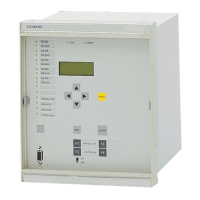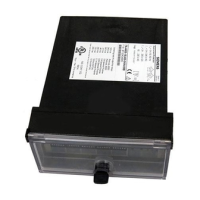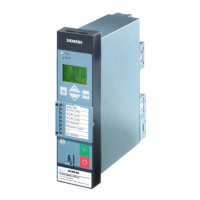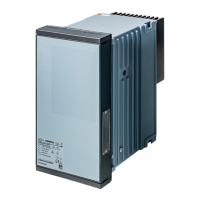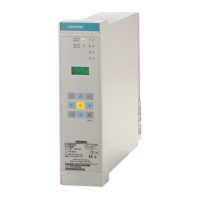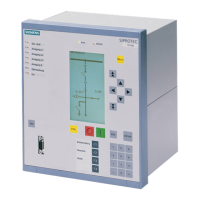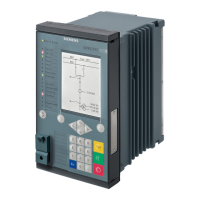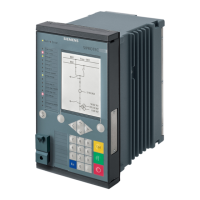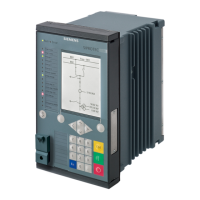Circuit Breaker Failure Protection
121
7SS52 V4 Manual
C53000-G1176-C182-1
I>query The circuit breaker failure protection (CBF) function is initiated by the TRIP command
from the feeder protection.
If the operating mode I>query is set with the parameter BF OP MODE (XX15/CU),
the feeder current is monitored for exceeding the threshold set with the parameter
I> BF (XX18/CU) or I> BF-EF (XX19/CU) (Figure 5-21, page 119).
A feeder current above this threshold starts the delay time set with the parameter T-
BF-1P (X X20/CU) or T-BF-mP (XX21/CU).
If the feeder current is still above the threshold after this delay has elapsed, the central
unit issues a 3-pole TRIP command to isolate the bus zone.
trip rep/I>quer If the operating mode trip rep/I>quer is set with the parameter BF OP MODE
(XX15/CU), the current is monitored for exceeding the threshold set with the parame-
ter I> BF (XX18/CU) or I> BF-EF (XX19/CU). A current above this threshold starts
the delay time for the TRIP repetition, which is set with the parameter T-TRIP re-
peat (XX25/CU).
If this release criterion is fulfilled for all of the delay time for the TRIP repetition, the
bay unit issues a 1-pole or 3-pole TRIP command to the local circuit breaker.
A single-pole TRIP repetition is generated on condition that the feeder current in the
CBF-initiating phase and the earth current exceed the threshold set with the parame-
ter I> BF (XX18/CU) or I> BF-EF (XX19/CU) (ILx & IE). For this purpose, set the
parameter TRIP REP. MODE (XX17/CU) to single-channel. For a 3-pole TRIP
repetition, set this parameter to 3pole.
Regardless of the above setting, a three-phase trip repetition is always issued if the
current exceeds in two or more phases the limit which is set with the parameter I> BF
(XX18/CU).
If the circuit breaker trips correctly, the initiation and thus the CBF function is cleared.
If the CBF initiation persists, the time delay of the CBF - set with the parameter T-BF-
1P (XX20/CU) or T-BF-mP (XX21/CU) - elapses. In conformity with the current isola-
tor replica, all feeders are tripped which are allocated to the bus zone of the CBF ini-
tiating bay unit.
A further condition is that the current threshold, which can be set individually for each
feeder with the parameter I> BF (XX18/CU), is exceeded during the total time period.
BZ unbalance If the operating mode BZ unbalance is set with the parameter BF OP MODE
(XX15/CU), the system checks whether the TRIP command of the feeder protection
has initiated the CBF function ">CBF Lx" (FNo. 7611, 7612, 7613/BU) or
">CBF 3-pole" (FNr. 7621/BU). If the criterion for this is fulfilled, a delay time is
started which is set with the parameter T-BF-1P (XX20/CU) or T-BF-mP (XX21/CU).
If the CBF initiation is active for all of the delay time, the polarity of the feeder current
in the protection algorithm is changed (”unbalancing”). If the TRIP criterion and the
current sensor criterion are fulfilled, the central unit issues a three-phase TRIP com-
mand to all feeders of the affected bus zone.
The principle of ”unbalancing” is depicted in Figure 5-23, page 122. Unbalancing caus-
es a differential current of twice the magnitude of the current in the CBF initiating feed-
er.
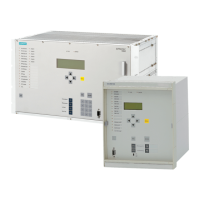
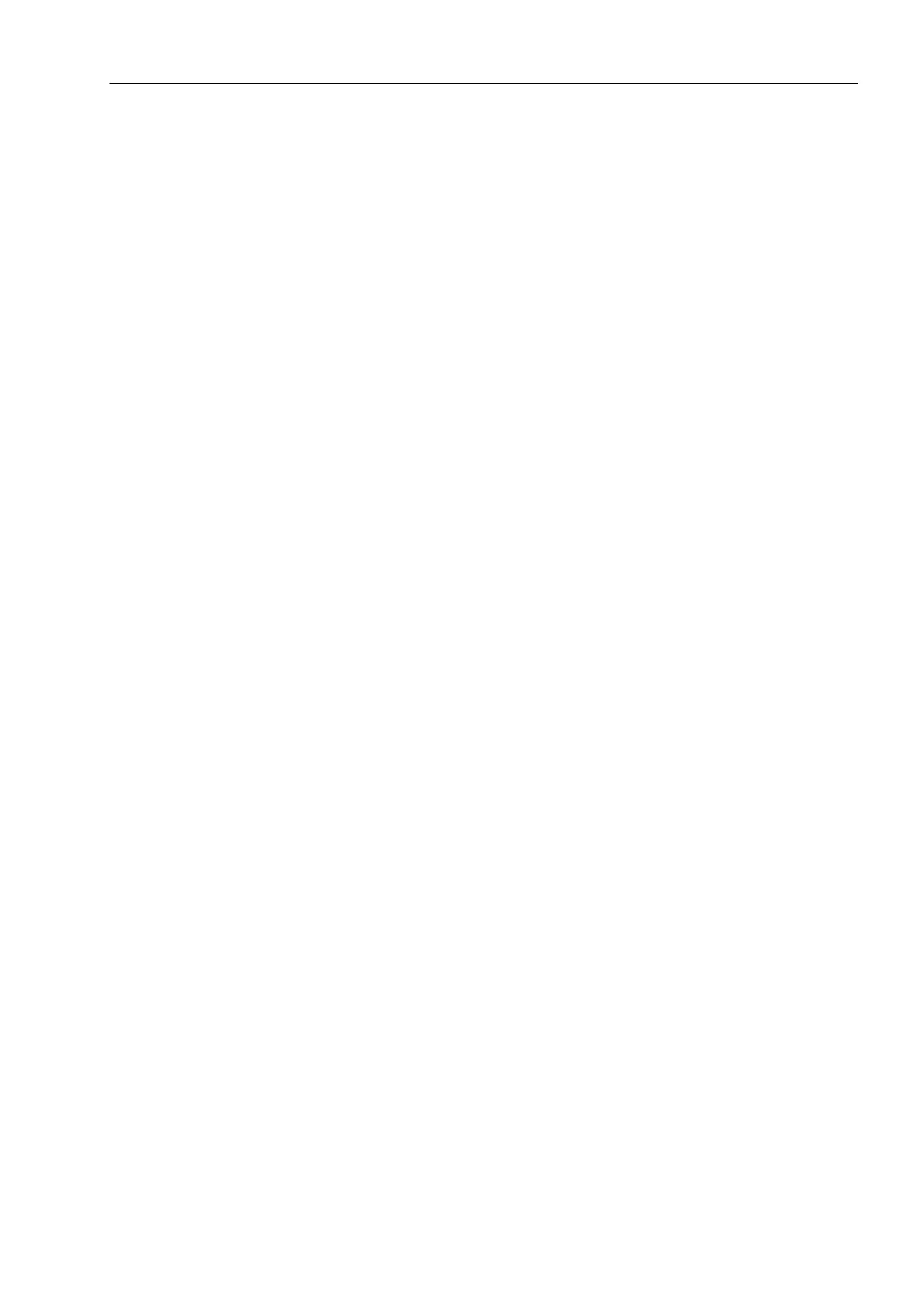